Understanding Business Debt Protection Insurance: How It Safeguards Your Enterprise

Debt can be a powerful tool for business growth, but it also carries risks. Unforeseen circumstances or customer defaults can leave your company facing financial strain. Business insurance acts as a safety net, mitigating these risks and safeguarding your company’s future.
Importance of Safeguarding Business from Debt Risks
Every business operates in an uncertain environment. Economic downturns, customer insolvencies, or even lawsuits can lead to unpaid debts. Debt protection insurance provides a financial buffer, protecting your cash flow and ensuring business continuity.
What is Debt Protection Insurance?
Definition and Concept
Debt protection insurance is a specialized insurance policy that shields your business from financial losses caused by unpaid debts. It offers peace of mind by guaranteeing a portion of the receivables owed by your customers.
Types of Debt Protection Insurance
There are two main types of debt protection insurance:
Debt life insurance
This insures the life of a key borrower critical to your business. If they die, the insurance pays off
the outstanding debt, preventing financial hardship.
Bad debt insurance
This protects your business from customer defaults. If a customer fails to pay an invoice exceeding a certain amount, the insurance reimburses a percentage of the loss.
Business Debt Protection Insurance
Importance of Debt Protection for Businesses
Debt protection insurance offers several advantages for businesses:
Mitigating financial risks
It reduces the impact of unpaid debts, safeguarding your cash flow and creditworthiness.
Safeguarding against unforeseen circumstances
It protects your business from unexpected events that could lead to customer defaults.
Ensuring Business Continuity
How Debt Protection Insurance Works
Obtaining debt protection insurance typically involves:
Process of obtaining debt protection insurance
Businesses submit an application with financial statements and credit history of their customers.
Coverage and limitations
Policies cover a specific percentage of outstanding invoices exceeding a pre-determined threshold.

Factors Influencing Premiums
Several factors influence debt protection insurance premiums:
Business Debt Adjusters and Debt Schedule
Role of business debt adjusters
Debt adjusters negotiate debt recovery with customers, potentially reducing insurance claims and lowering premiums.
Importance of maintaining a debt schedule
A well-maintained business debt schedule helps assess creditworthiness of customers, impacting policy premiums.
Managing Debt Effectively with Professional Assistance
Business Debt Consolidation
Debt consolidation is a financial strategy where a business merges its various outstanding debts into a single, unified loan with a potentially lower interest rate. It simplifies debt management, reduces monthly payments, and potentially improves cash flow.
Advantages and disadvantages for businesses
Pros:
- Safety net against customer defaults.
- Protects cash flow.
- May offer debt collection assistance.
Cons:
- Doesn’t replace good credit practices.
- Premiums can add to business costs.
Implementing debt consolidation strategies effectively
Consolidating debt can simplify repayments and potentially save money, but it’s crucial to do it strategically. Here’s how:
- Analyze your debts
Identify all your outstanding debts, including interest rates, repayment terms, and balances.
- Shop around for lenders
Compare loan offers from banks, credit unions, and online lenders to secure the best interest rate and terms for your business.
- Seek professional guidance
Consider consulting an insurance advisor or accountant to assess your situation and determine if consolidation is the right move for your business. They can help you choose the most suitable loan option and navigate the consolidation process.
Case Studies: Real-Life Examples of Debt Protection Success
Case study 1: How debt protection insurance saved a struggling business
A small manufacturing company faced financial crisis due to a large customer defaulting on payments. Debt protection insurance covered a significant portion of the loss, allowing the company to stay afloat and recover.
Case study 2: Successful debt consolidation story and its impact
A restaurant chain consolidated multiple high-interest loans into a single loan with a lower rate. This reduced monthly payments, freed up cash flow, and enabled the restaurant to invest in expansion.
Lessons learned from case studies
These cases highlight the benefits of both debt protection insurance and strategic debt management for business survival and growth.
Tips for Choosing the Right Debt Protection Insurance
- Assessing business needs and risks: Analyze your business’s vulnerability to bad debt and choose a policy that addresses your specific risks.
- Researching insurance providers: Compare quotes and coverage options from different insurers to find the best fit for your needs.
- Understanding policy terms and conditions: Carefully review the policy details, including coverage limitations, exclusions, and claim procedures.
Common Misconceptions About Debt Protection Insurance
- Unnecessary for strong businesses: Even reliable customers can default due to unforeseen events.
- Only covers perfect businesses: Available to a wide range, with premiums based on risk assessment and risk management ideas.
- Never had bad debt? One bad debt can hurt. Insurance protects your cash flow.
- Too expensive? Premiums are lower than potential losses from customer defaults.
Conclusion
Debt protection insurance isn’t just for businesses facing financial uncertainty. It’s a powerful tool that mitigates risk, protects your cash flow, and ensures business continuity – even for established companies.
By proactively managing debt and exploring debt protection options, you’re taking a critical step towards building a more secure financial future for your business. Don’t let unexpected customer defaults or bad debts derail your success. Invest in debt protection and watch your business grow!

